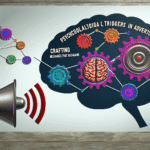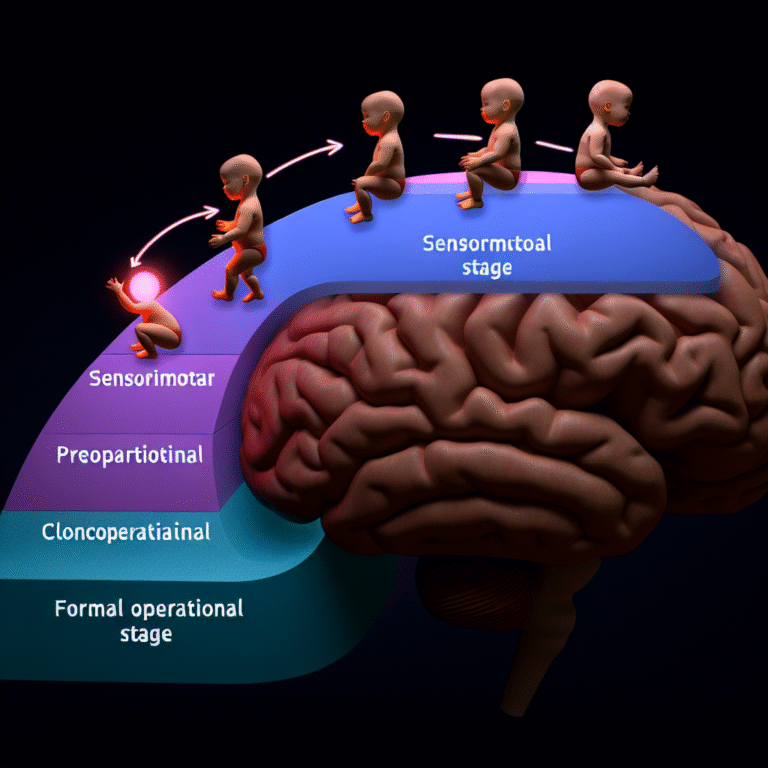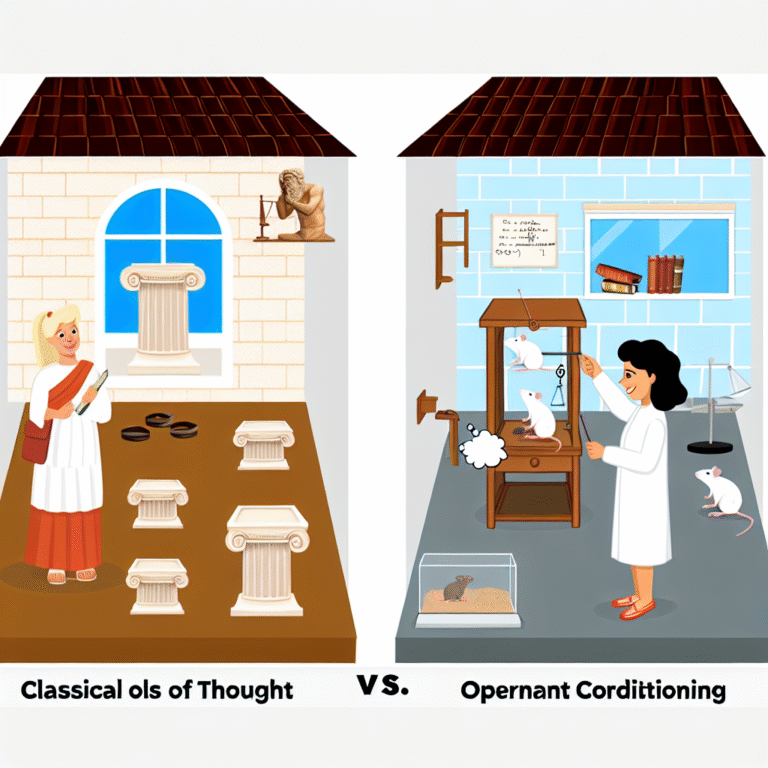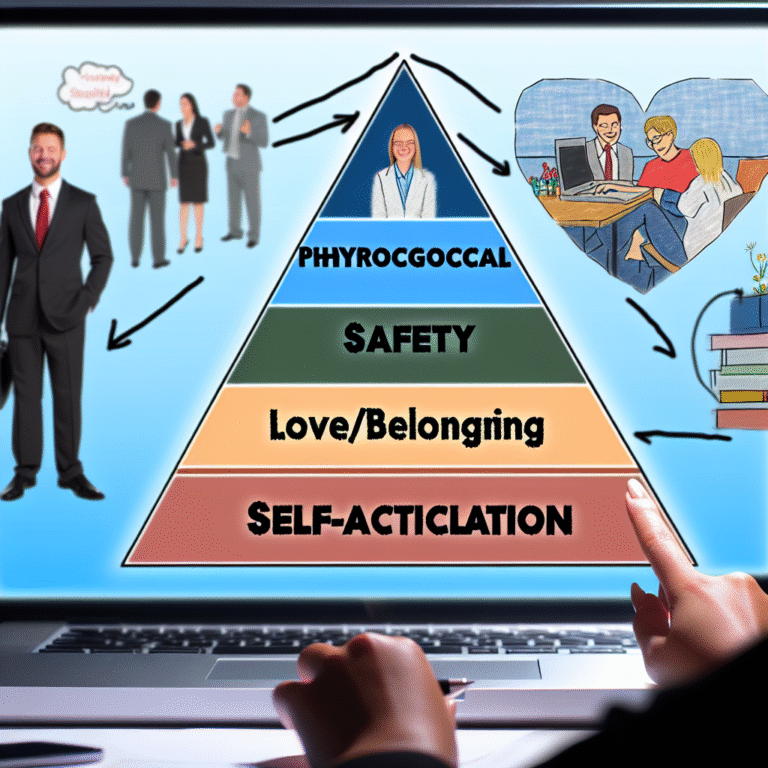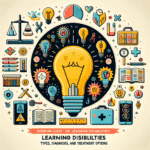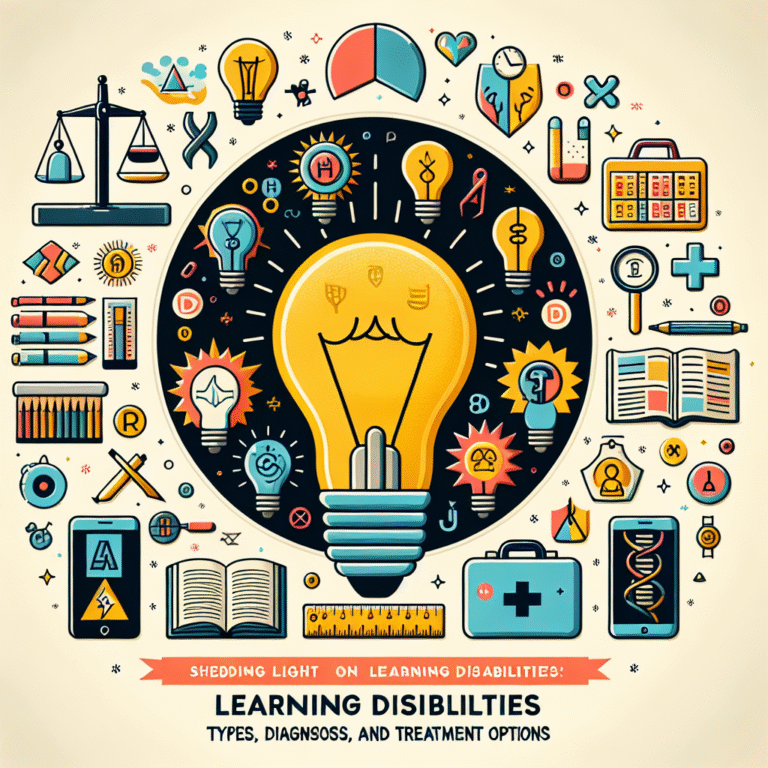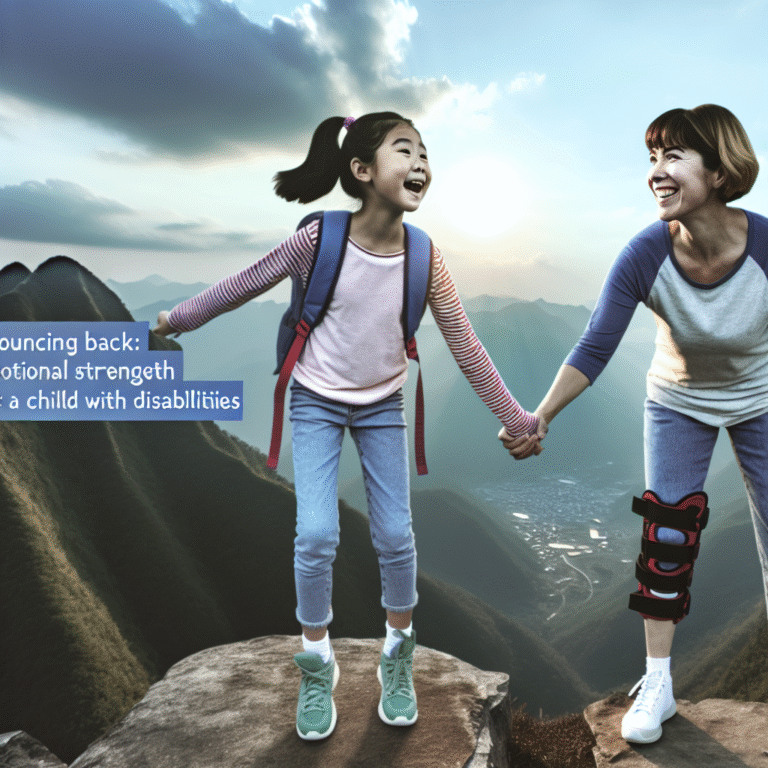
The Building Blocks of Thought: Exploring Piaget’s Stages of Cognitive Development
Introduction
Imagine a world where understanding how children think can unlock the doors to their potential. Jean Piaget, a groundbreaking Swiss psychologist, illuminated this journey by breaking down cognitive development into distinct stages. As we delve into The Building Blocks of Thought: Exploring Piaget’s Stages of Cognitive Development, we unravel the complexities of child psychology and provide parents and educators with essential insights into nurturing young minds. This article promises to captivate and inform, offering real-world applications, case studies, and key takeaways that you won’t want to miss.
Understanding Piaget’s Framework
Jean Piaget’s theory of cognitive development is a crucial framework in psychology and education. His four stages—Sensorimotor, Preoperational, Concrete Operational, and Formal Operational—present a roadmap of how children’s thinking evolves from birth through adolescence. Let’s embark on this exploration together.
1. Sensorimotor Stage (0-2 years)
Defining Characteristics:
In the Sensorimotor stage, infants learn through their senses and motor activities. This stage is divided into six sub-stages:
| Sub-Stage | Age Range | Key Developmental Milestones |
|---|---|---|
| Reflexive Schemes | 0-1 month | Reflex actions, like sucking |
| Primary Circular Reactions | 1-4 months | Repetitive actions centered on the body |
| Secondary Circular Reactions | 4-8 months | Actions aimed at producing an effect on the environment |
| Coordination of Secondary Circular Reactions | 8-12 months | Goal-oriented behaviors |
| Tertiary Circular Reactions | 12-18 months | Experimentation with actions to see outcomes |
| Mental Representation | 18-24 months | Beginning of symbolic thought |
Case Study: Baby’s First Discoveries
Consider a 12-month-old named Mia, who spends her day dropping spoons from her high chair. Each plop and clang becomes a source of fascination, correlating perfectly with Piaget’s ideas about tertiary circular reactions. By observing Mia, we see her inhabit the world around her, experimenting with cause and effect—an essential building block of thought developing before our very eyes.
2. Preoperational Stage (2-7 years)
Defining Characteristics:
As children transition to the Preoperational stage, their thinking becomes more symbolic. However, it remains intuitive rather than logical. Key behaviors during this period include:
- Egocentricity: A child may struggle to see perspectives other than their own.
- Magical thinking: The belief that magic causes events.
Case Study: The Magic of Imagination
Take a five-year-old named Jake, who passionately insists that his stuffed dinosaur can roar and fly. This is a perfect illustration of the imaginative capabilities that flourish during the Preoperational stage. Jake demonstrates that children’s thoughts often blur the lines between reality and imagination, showcasing the building blocks of thought rooted in creativity.
3. Concrete Operational Stage (7-11 years)
Defining Characteristics:
In the Concrete Operational stage, children begin to think logically about concrete events. They grasp the concept of conservation—understanding that quantity doesn’t change despite alterations in shape. Key developments include:
| Concept | Definition | Example |
|---|---|---|
| Conservation | Understanding that certain properties remain constant | Water in different shaped glasses |
| Reversibility | Ability to understand actions can be reversed | Undoing a subtraction |
| Classification | Sorting objects into categories | Grouping animals by species |
Case Study: The Water Experiment
Imagine a classroom where a teacher performs a water experiment. Two glasses containing identical amounts of water are presented: one tall and thin, the other short and wide. A third grader, Sarah, confidently declares that both glasses contain the same volume—a clear sign she has mastered the concept of conservation. This realization emphasizes how crucial experiences are in developing the building blocks of thought.
4. Formal Operational Stage (11 years and up)
Defining Characteristics:
The Formal Operational stage is marked by the emergence of abstract and critical thinking. Adolescents begin to reason logically about hypothetical issues, think scientifically, and solve complex problems. Key skills develop during this stage include:
- Abstract thinking: The ability to understand concepts that are not physically present.
- Hypothetical-deductive reasoning: Formulating hypotheses and systematically testing them.
Case Study: A High School Debate
Consider a high school debate team preparing for a competition. Participants, such as 15-year-old Liam, engage in discussions about ethical dilemmas, showcasing critical and abstract thinking. Liam considers multiple viewpoints and argues positions systematically, illustrating the full bloom of cognitive development as he synthesizes complex ideas—a hallmark of the formal operational stage.
Practical Implications for Parents and Educators
The insights gleaned from The Building Blocks of Thought: Exploring Piaget’s Stages of Cognitive Development have profound implications. Understanding these stages allows caregivers to create supportive environments conducive to cognitive growth. Here are a few actionable strategies:
1. Tailored Learning Experiences
Create age-appropriate activities that align with Piaget’s stages. For example, use sensory play for infants, storytelling for preschoolers, hands-on experiments for elementary students, and critical discussions for adolescents.
2. Encourage Exploration and Curiosity
Foster an environment that values questions. Allow children to explore and seek answers. This approach nurtures their innate curiosity and facilitates deeper cognitive development.
3. Promote Problem-Solving Skills
Introduce challenges that require critical thinking and reasoning. Whether through puzzles or games, problem-solving enhances cognitive skills and helps children transition effectively between stages.
Conclusion
The Building Blocks of Thought: Exploring Piaget’s Stages of Cognitive Development presents an invaluable framework for understanding the evolution of children’s thinking. By navigating through the Sensorimotor, Preoperational, Concrete Operational, and Formal Operational stages, we gain powerful insights into how children perceive the world and acquire knowledge.
By embracing these insights, parents and educators can foster an enriching environment that maximizes each child’s cognitive potential. Whether it’s through tailored learning experiences, encouraging curiosity, or promoting problem-solving, we can all contribute to building a solid foundation for future thinkers.
FAQs
1. How can I identify which stage my child is in?
Observing your child’s play and interactions can provide clues. Younger children may exhibit egocentric thought (Preoperational), while older ones will reason logically about concrete objects (Concrete Operational).
2. Can children skip stages?
While Piaget believed in a sequential progression, variations in individual children’s experiences can lead some to exhibit characteristics from multiple stages simultaneously.
3. How can play influence cognitive development?
Play is essential; it allows children to use their imagination, explore new concepts, and develop problem-solving skills, directly linked to the stages of cognitive development.
4. Are Piaget’s stages universally applicable?
Yes, although cultural and individual differences can influence the timing and expression of these cognitive abilities, the general framework remains applicable across contexts.
5. What are the limitations of Piaget’s theory?
Some critics argue that Piaget underestimated children’s abilities, particularly their understanding of social and emotional aspects of development. Additionally, some behaviors may develop earlier than his theory suggests.
By deepening our understanding of The Building Blocks of Thought: Exploring Piaget’s Stages of Cognitive Development, we empower ourselves to nurture the next generation of thinkers, innovators, and problem-solvers.

